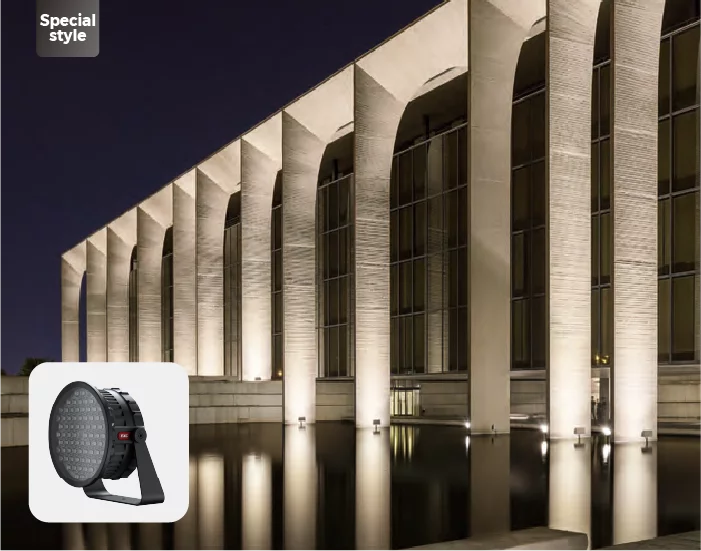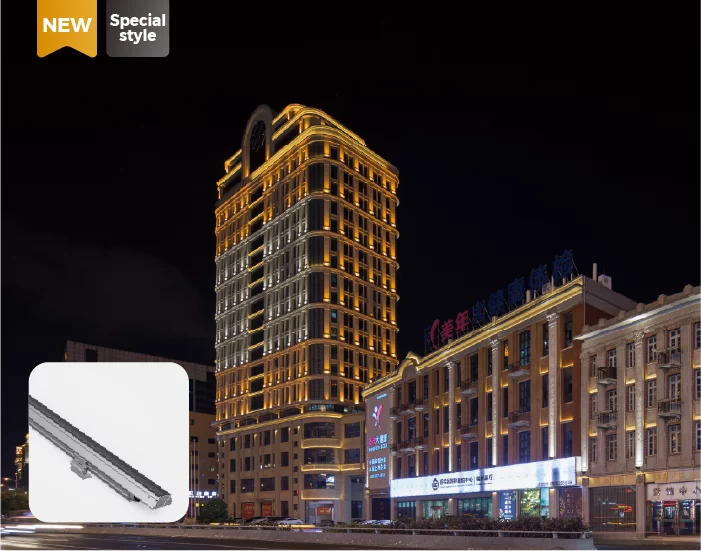Did you know that the global LED lighting market is projected to reach a staggering $100 billion by 2025? That’s right! With such explosive growth, it’s no wonder that led pixel lights are becoming increasingly popular. But as we dive into this vibrant world of technology, let’s not forget about the legal and regulatory aspects that come along for the ride.
The Bright Side: Understanding LED Pixel Lights and Their Legal Attributes

LED pixel lights are more than just flashy decorations; they’re intricate pieces of technology with specific legal attributes. These lights often fall under various regulations concerning safety standards, energy efficiency, and environmental impact. In terms of Non-Tariff Barriers to Trade (NTBT), these regulations can sometimes act as hurdles for manufacturers looking to enter new markets. Compliance with local laws can be complex but essential for ensuring product acceptance across borders.
Diving Deeper: Best LED Lights for Classroom Settings and NTBT Implications
When it comes to selecting the best led lights for classrooms, understanding NTBT is crucial. For instance, schools might require specific certifications or adherence to educational standards before purchasing these products. This means that suppliers must navigate through a maze of regulations — ranging from energy consumption limits to fire safety codes — to ensure their products meet all necessary criteria in different regions.
A Closer Look at EXC Lighting’s Approach to Non-Tariff Barriers
EXC Lighting stands out when discussing NTBT due to several key characteristics:
- Compliance Focus: They prioritize meeting international safety and quality standards which helps them avoid trade barriers.
- Sustainability Practices: By adhering strictly to environmental guidelines, they enhance their marketability in eco-conscious regions.
- Cultural Adaptation: EXC tailors its marketing strategies based on regional preferences and regulatory requirements.
- User Education: They provide resources on compliance which empowers customers while reducing potential trade friction.
- Diverse Product Range: Offering a variety of models ensures they cater effectively across different markets with varying regulations.
The Final Glow: Wrapping Up Our Exploration
In conclusion, navigating the landscape of Non-Tariff Barriers related to LED pixel lights requires an understanding not only of technological advancements but also legal frameworks governing them. As we’ve seen with companies like EXC Lighting leading by example, staying compliant while innovating can pave the way for smoother trading experiences globally!

